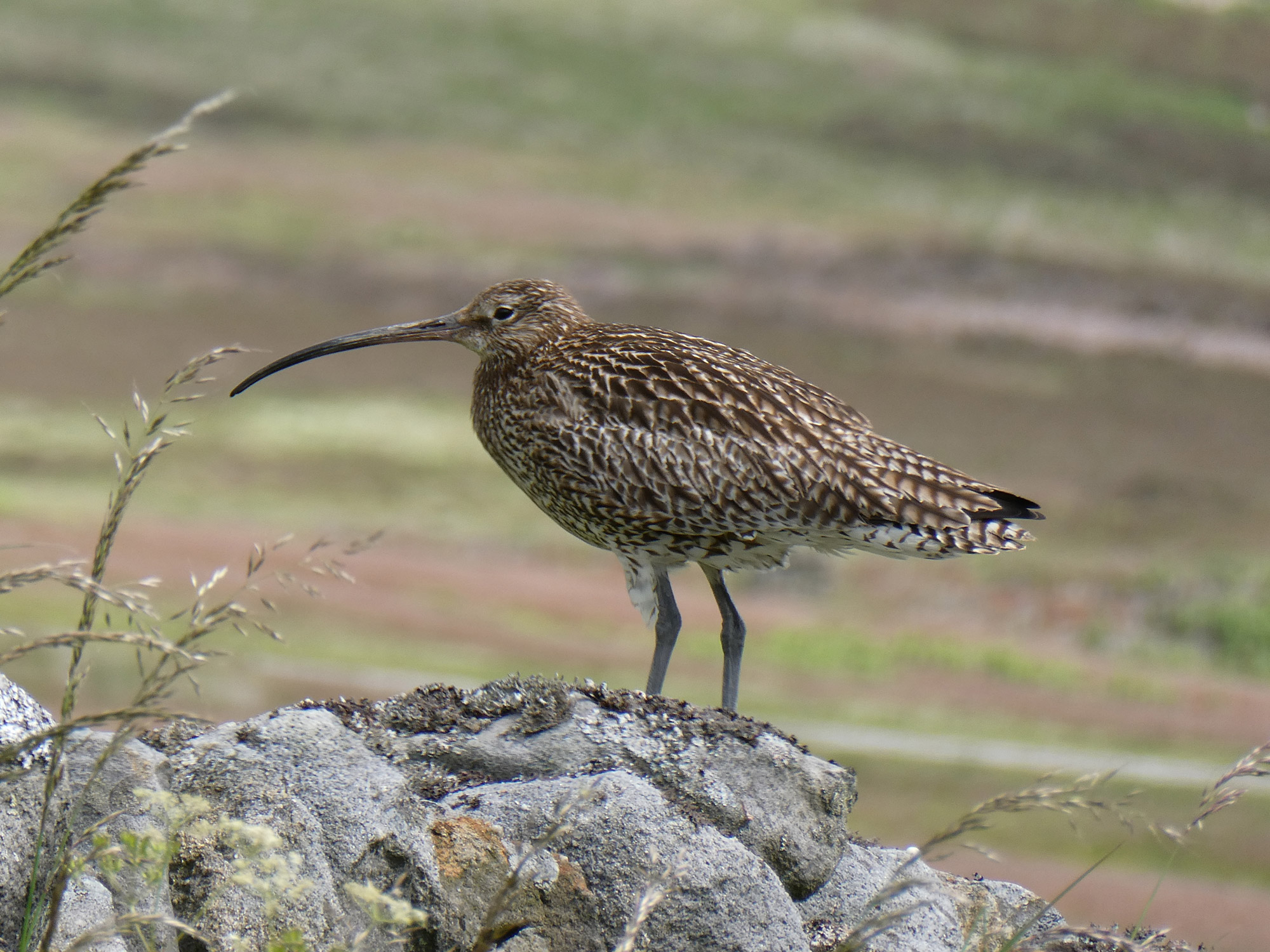
My BTO volunteering journey: surveying breeding waders in the Yorkshire Dales
Annie Shadrake writes about her first year taking part in BTO surveys.
As we entered 2022, after two years of unfathomable disruption, grief and chaos, these exhortations abounded. For me, the penny which had been slowly falling had finally dropped: I realised that I’m rarely calmer or more contented than when I am watching birds. A young Blackbird drifting to sleep as she faces the morning sun, or a Curlew atop a drystone wall calling reassurance to his fledglings – these natural untroubled birdy behaviours all do it for me.
So, at the end of January 2022, I took an active step to improve my mental health and give me a meaningful focus outside a busy, office-based job. I signed up to be a BTO volunteer bird surveyor.
There was a simple online application form, which included declaring myself to be experienced and competent at bird identification. Does joining the Young Ornithologists Club in 1973 count? I’m reasonably proficient after decades of birdwatching, and I enjoy consulting a book, online video or Twitter friends (or someone sitting next to me in a bird hide) if I have an unfamiliar bird in the binoculars. But I wouldn’t say I’m an expert, by any means.
I’m fortunate to live and work near the southern edge of the Yorkshire Dales National Park, and the survey sites I was later allocated are no more than a 25-minute drive from home.
Rather ambitiously, I took on two Breeding Bird Survey (BBS) sites, a Waterways Breeding Bird Survey (WBBS) stretch, plus two reservoirs comprising a Wetland Bird Survey (WeBS) site.
While BBS only requires two visits to the site in the spring, WeBS is quite different - you need to visit once a month, throughout the year (or at least between September and March), as close as possible to target count dates, to record birds strongly associated with wetlands and waterbodies. Since I started, I have dropped one BBS site as it was just too far from where I live – so there’s a dramatic moorland site above Grassington that needs a new surveyor if you fancy it.
BBS and WBBS
There are so many acronyms at BTO, it can be hard to keep track!
The BTO/JNCC/RSPB Breeding Bird Survey (BBS) and Waterways Breeding Bird Survey (WBBS) are two of our partnership surveys, which are mostly conducted by volunteers.
BBS records all breeding birds in an area of any habitat type, whereas WBBS is only conducted along waterways like rivers and streams.
More about BBS More about WBBSWaterways Breeding Bird Survey: walks along the Wharfe
My WBBS – oh look how quickly I think of it as mine! – is a stretch of the River Wharfe. The route to walk, identify and count birds from is called a transect. Mine falls mostly on a public right of way, so access is straightforward.
After walking the 4-km one-way transect at a slow pace, you need to walk back of course. I liked to return via the nearby village for a restorative coffee and a bacon sandwich. No judging please.
The river is quite busy in the early morning, even in winter, with dog-walkers, swimmers, hikers and general nature-lovers enjoying the area. Increasing numbers of us rightly seek solace and well-being in nature, but I did find it difficult to see the impact of this on the more sensitive and vulnerable birds. Oystercatcher, Redshank, Common Sandpiper – these birds were flushed in seconds from their roosting rocks in the river as people and dogs appeared. Presumably they were displaced for the day up to quieter stretches of the river, or to fields which are less disturbed and off public rights of way.
Preparing for my Breeding Bird Survey
My BBS site is in a very different area to the WBBS stretch, on two adjacent sheep farms in mid-Wharfedale.
The land is actively farmed, so the habitats are mainly semi-improved upland grassland, with a fringe of rougher acidic grassland, heather and rushes. Breeding ewes are outside all year, being brought into the shelter of in-bye land or large sheds on the farmstead to lamb.
My transect is made up of eight 200 m sections, and I’m lucky that they fall almost entirely on public rights of way – I didn’t need specific permission from the farmers to visit their private land.
Notwithstanding, my preference is to introduce myself when the chance arises. Farmers, like birdwatchers, are early risers, and I met both farmers at different times – moving feed or stock, or checking lambs.
The farmer was knowledgeable about waders on his land and told me where the best nesting areas were.
I first visited the BBS survey square in March 2022, to do the ‘recce’ and match up the transect sections with the lay of the land. It’s also a good time to record the different habitats.
I saw a few Lapwing and Redshank, which were great signs for my survey visits later in the year. The farmer was knowledgeable about waders on his land and told me where the best nesting areas were – I was excited to hear that some were inside the 1-km square of my site.
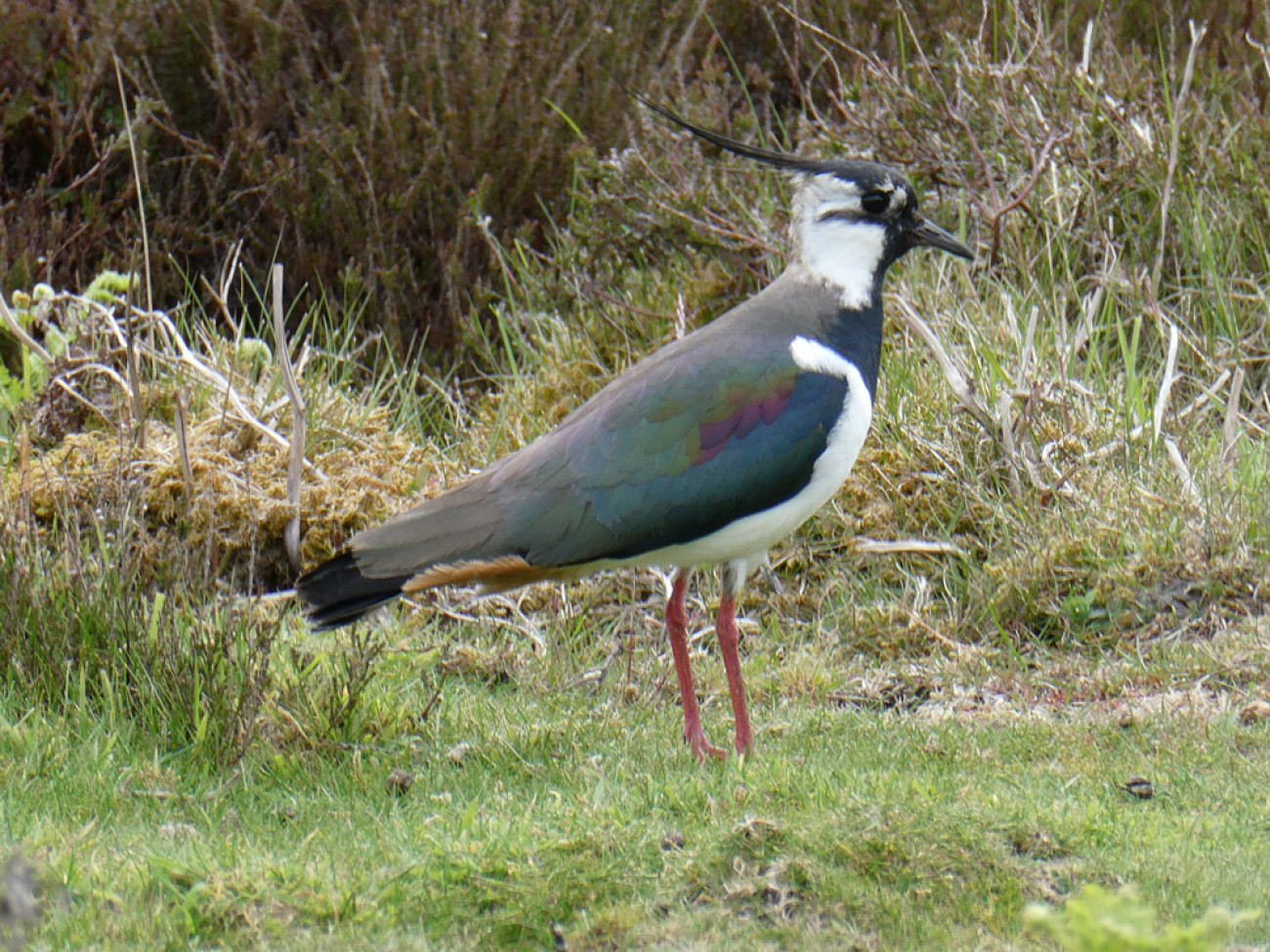
Waders on Wharfedale farms
For BBS, you visit the site for one ‘Early’ and one ‘Late’ visit that need to be at least four weeks apart. I chose my visits for 9 April and 19 May to fit in with work and days off, with a good weather forecast being the clincher.
On my Early visit, I counted 11 Oystercatchers, 13 Lapwings, seven Curlew and four Redshank. All were displaying courting or territorial behaviour such as display flights, or calling while in-flight and from obvious perches. Otherwise, the most numerous birds were Black-headed Gull, Lesser Black-backed Gull and Carrion Crow. These birds are opportunistic omnivores, taking advantage of unattended nests to predate eggs and chicks.
On my Late visit, I counted four Oystercatchers, 18 Lapwings, seven Curlew and six Redshank. The gulls and corvids were present again too.
I’m fascinated by waders, and not just because they are spectacular and beautiful birds – they migrate such incredible distances.
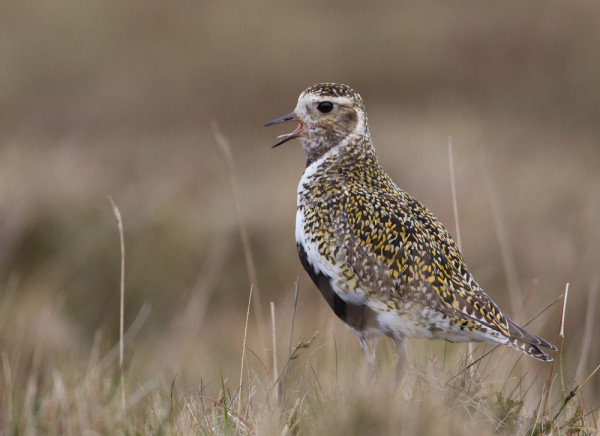
Breeding Wader Visits to my BBS sites
Then, in early June, I spotted a BTO tweet about doing extra Breeding Wader Visits on BBS sites where waders had already been seen.
I’m fascinated by waders, and not just because they are spectacular and beautiful birds. They migrate such incredible distances. In Britain you can see the same species of wader in wildly different habitats, depending on the time of year, from mountains and moors to rocky and sandy stretches of our coastlines.
The upland grasslands, stony areas and moorlands of the Yorkshire Dales still attract adult waders to breed every spring – Oystercatcher, Curlew, Redshank, Lapwing, Little Ringed Plover and Golden Plover, for example.
Some of these waders are Red-listed in the UK, and those that aren’t may soon be. So naturally, I leapt at the chance to do additional visits, and observe breeding waders on my Wharfedale BBS site before the survey window closed at the end of June.
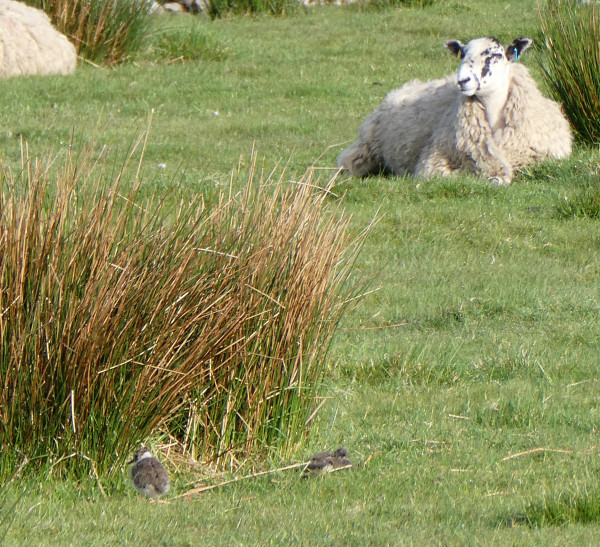
To prepare, I consulted the excellent factsheets in the BTO resources, and watched some Zoom presentations from the RSPB and Curlew Action. I learned that intense, persistent alarm calling, reluctance to leave the area, flying towards or circling the observer, short flushing distances and distraction display are all behaviours indicative of dependent young nearby.
On my Breeding Wader survey visits, I recorded these behaviours for all the wader species on my site. I was especially thrilled to see young Lapwing chicks, despite large numbers of corvids and gulls in the area and the fact that nests and chicks were practically under the feet of numerous grazing sheep.
Writing this article has brought back so many really good memories from my bird surveying mornings. I was fortunate to have incredible bird-filled moments in beautiful locations. I chatted to people and farmers about the birds on their doorstep. I learnt a lot about bird behaviour and the threats to our most precious and threatened waders. After a season of surveying, I am now far better at identifying summer warblers and migratory waders – including some by call or song.
This year I am determined to make better notes, brush up on the habitat types and do as many extra Breeding Wader counts as I am allowed! If you are considering becoming a volunteer yourself, I’d urge you to give it a go. I can’t wait for spring and the call of returning Curlew and Oystercatcher, and to do my small bit to help the science behind bird conservation.
Writing this article has brought back so many really good memories from my bird surveying mornings. If you are considering becoming a volunteer yourself, I’d urge you to give it a go.
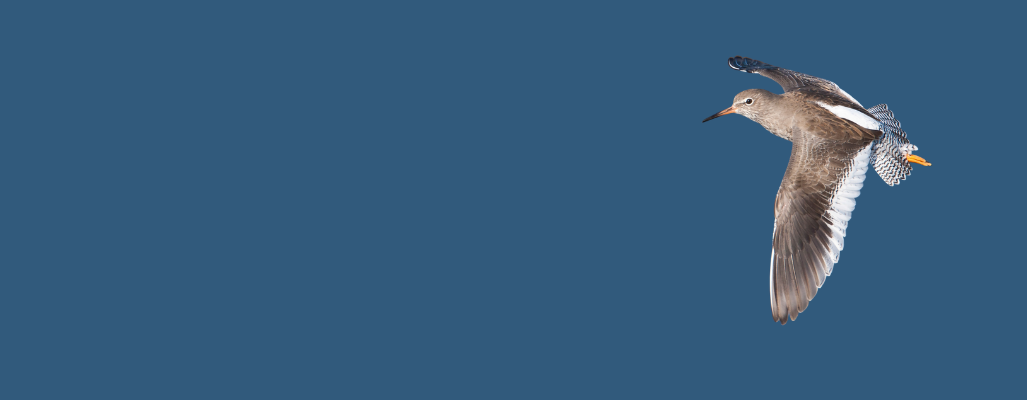
Inspired by Annie’s story?
If you’d like to see more of Annie’s volunteering story, you can follow her on Twitter or watch more of her wader footage on YouTube.
Become a BTO volunteer!
Our work to drive positive change for the UK’s birds depends on volunteers like Annie - like you. You don’t need to be an expert to take part.
Explore our projects and take part Learn more about Breeding Wader Visits to BBS squares

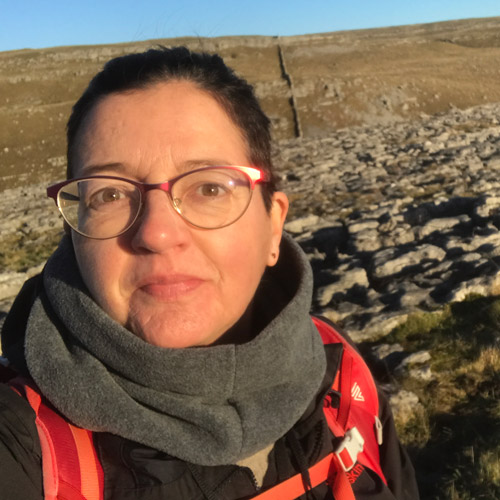

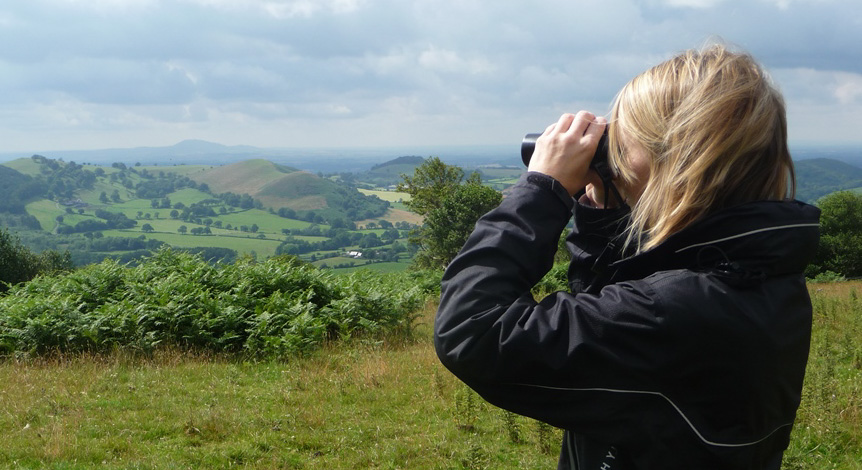
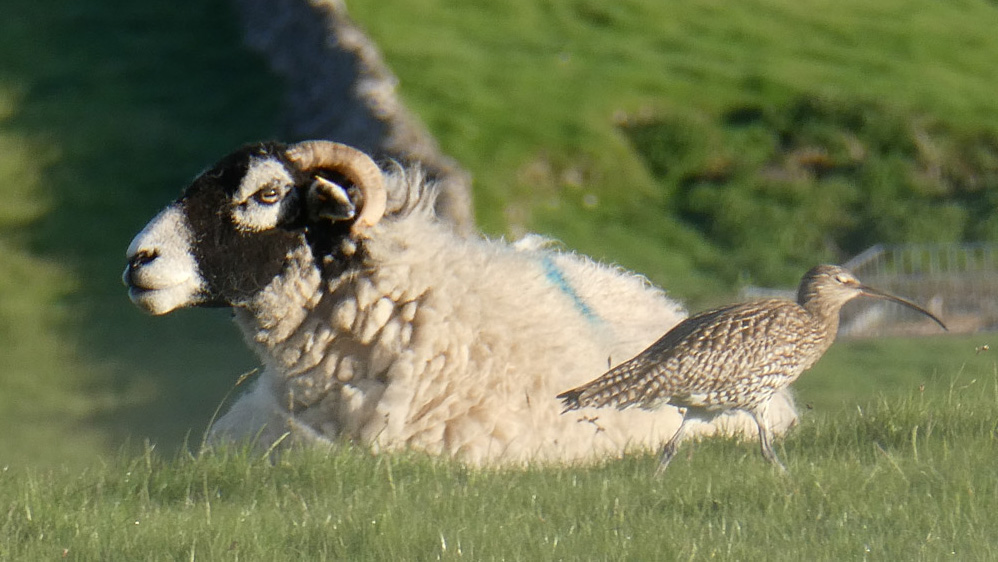
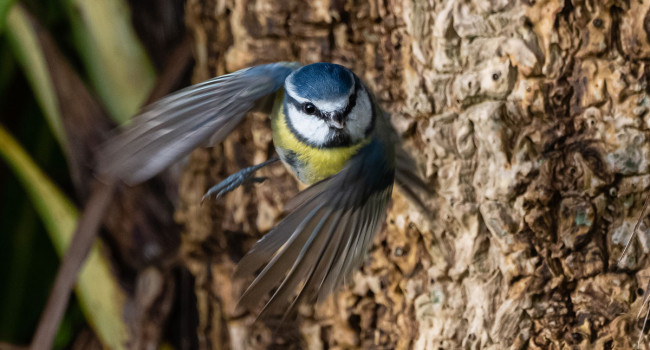
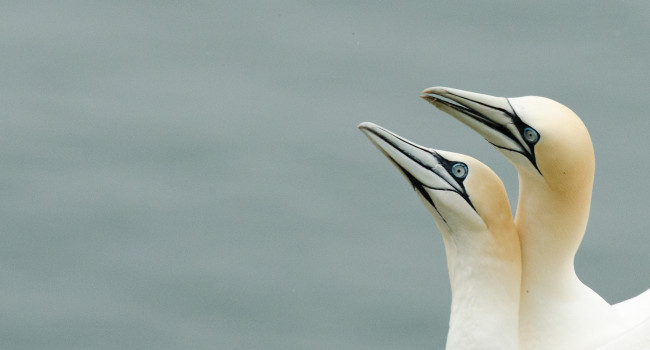
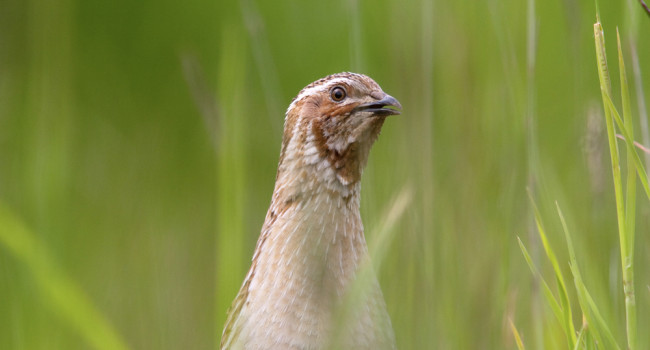

Share this page